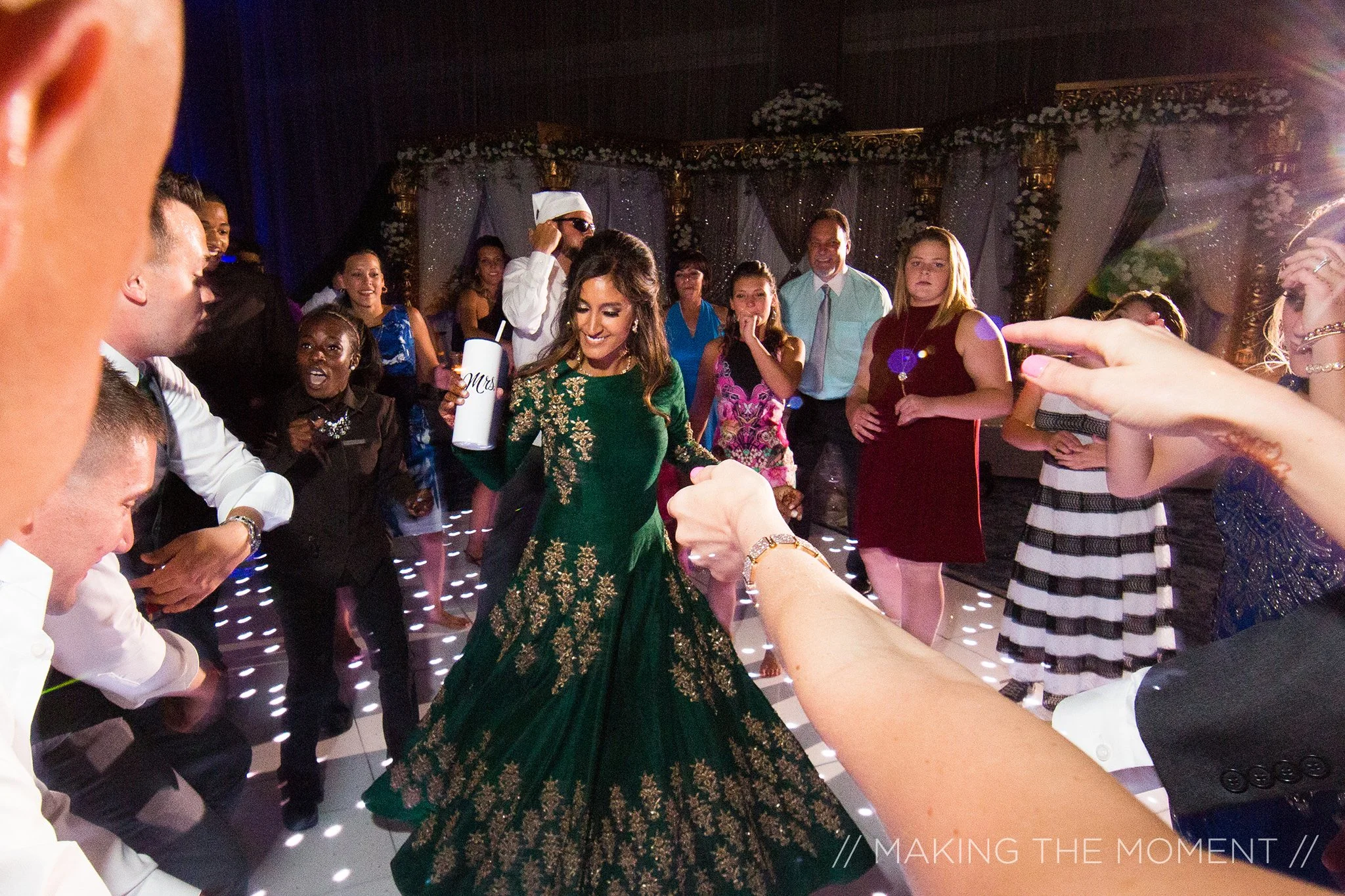Why Music Moves You: The Neuroscience Behind Rhythm & Emotion
Every beat tells a story your body already knows. Long before words, rhythm was our first language — the sound of our mothers’ heartbeat, the hum of nature, the pulse of life itself. Here’s what science and soul agree on: music doesn’t just make us move. It makes us feel.
The Brain on Beat
When you hear rhythm, your brain’s motor cortex lights up — even if you’re sitting still. That’s because the brain predicts the next beat, synchronizing your movement, heartbeat, and even breathing.
🎧 Science meets soul: Your body becomes part of the music — a living instrument.
Music activates the same neural pathways as love, memory, and joy. It’s why hearing a wedding song years later takes you back to that exact moment — the scent, the people, the emotion — all encoded through rhythm.
Pro Tip for Event Creators:
When planning your music flow, use tempo and percussion to shape emotion — slow beats for connection, high tempo for excitement, familiar melodies for belonging.
The Frequency of Feeling
Sound is vibration — energy that moves through air, water, and your body. Different frequencies trigger different emotional and physiological responses.
Low frequencies (60–100Hz): grounding, steady, tribal — the foundation of Bhangra, Afrobeat, and house.
Mid frequencies: where voices and melodies live — emotional storytelling in Bollywood, R&B, and soul.
High frequencies: light, ethereal tones that bring calm — chimes, flutes, synth pads.
🎶 Every genre is an energy language. Bhangra lifts your spirit. Lo-fi calms your nerves. House syncs your heartbeat to joy.
Rhythm as Medicine
Modern studies show what ancient cultures have always known — rhythm heals.
Drumming therapy, mantra chanting, and sound baths reduce anxiety and balance brain hemispheres.
☸️ In Buddhist philosophy, sound is seen as vibration without ego — a reminder that everything is connected through frequency.
When I DJ, I’m not just mixing tracks — I’m balancing energy.
At a high point, I’ll drop something rhythmic to unite the crowd.
At the end, I’ll close with something soft and expansive to ground everyone again.
Sound Healing in Action:
At multicultural weddings or global festivals, you can feel it — that exact moment when strangers become one rhythm. That’s not coincidence. That’s resonance.
Why Certain Songs Hit Deeper
Ever wonder why some songs move you to tears while others make you dance uncontrollably?
It’s chemistry. Dopamine surges when a song matches your emotional state — or surprises it.
💡 Scientists call it “anticipatory reward” — your brain gets pleasure predicting what comes next, and even more when it’s right.
That’s why you can’t resist a perfect drop.
Or why “Tera Ban Jaunga” and “Mi Gente” hit the same emotional core in completely different languages.
For DJs and Producers:
This is why set flow matters. You’re not just controlling tempo — you’re designing dopamine waves.
Sound Is Connection
When we gather around music — at weddings, festivals, protests, or churches/temples — we sync.
Our heartbeats literally align, our breathing matches, and our stress levels drop in unison.
That’s not metaphorical — that’s measurable.
“The dance floor is the most powerful peace table in the world.” — DJ Vikas
This is the foundation of Sondhi Sounds — using rhythm and resonance to build empathy and unity.
Music is the bridge between human hearts.
Science just gave us the proof.
Want to explore how rhythm can transform your next event?
Let’s create an experience that moves more than just your feet — one that resonates with your soul.
Sources:
https://www.nccih.nih.gov/health/music-and-health-what-you-need-to-know
https://pubmed.ncbi.nlm.nih.gov/35325516/
https://www.ninds.nih.gov/news-events/news/press-releases/our-brains-appear-uniquely-tuned-musical-pitch
https://health.clevelandclinic.org/how-does-music-affect-the-brain
https://pubmed.ncbi.nlm.nih.gov/24672420/

